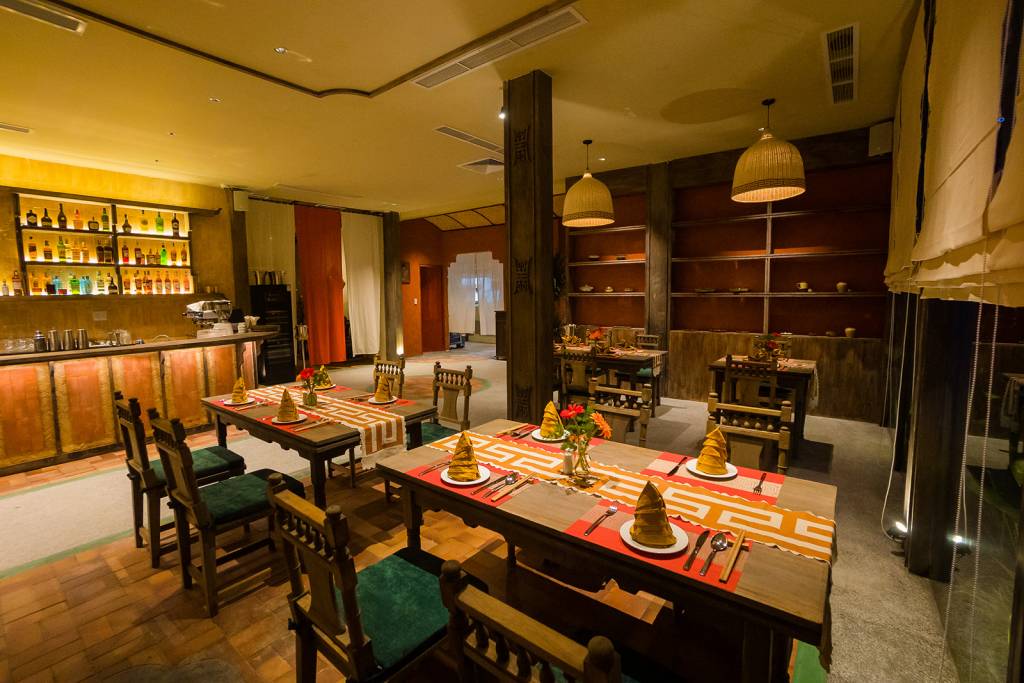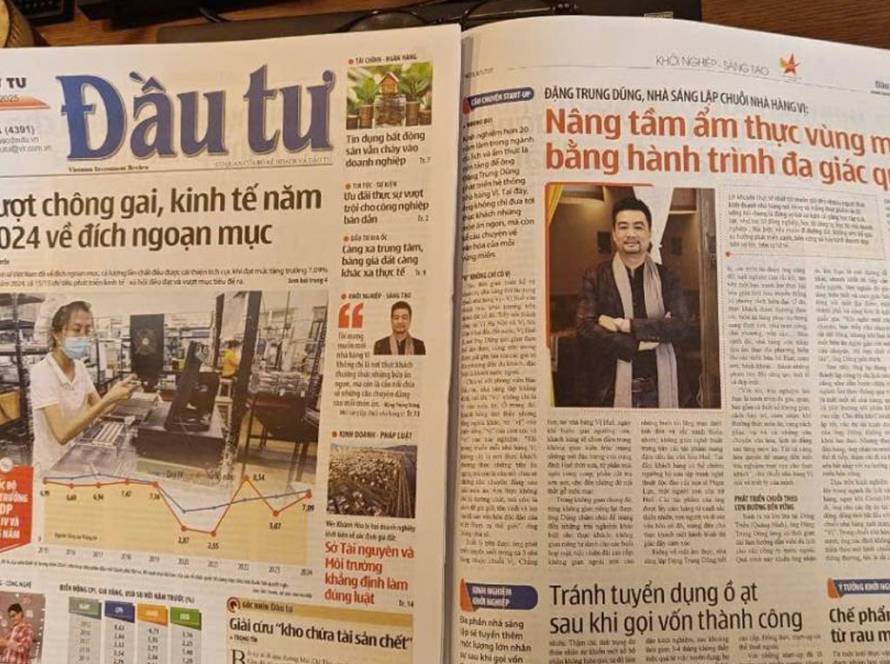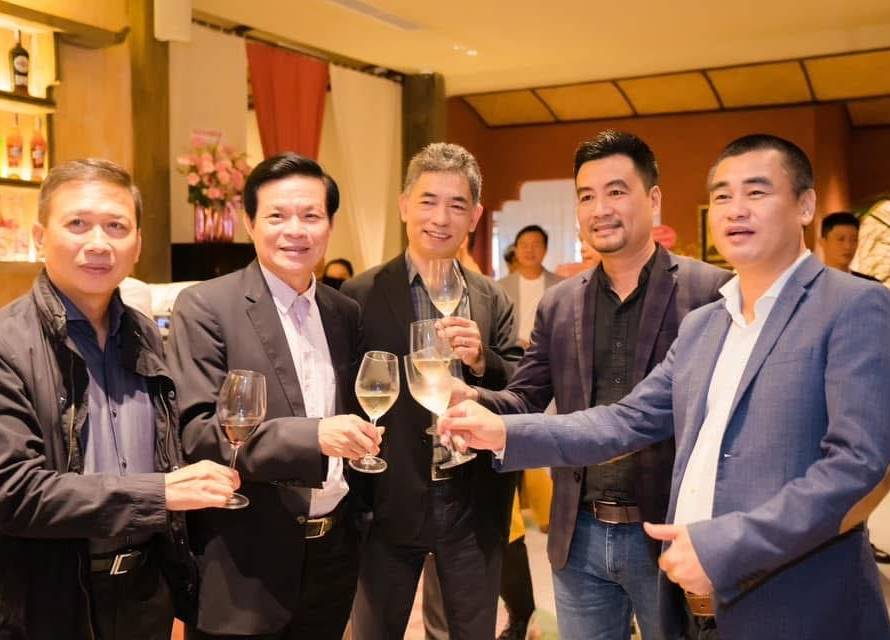A Convergence of Culinary Excellence
Hue’s cuisine stands as a shining example of Vietnam’s rich cultural heritage and serves as a testament to the convergence of culinary traditions from diverse regions and historical eras. According to Dr. Tran Dinh Hang, Hue transitioned from a frontier land into the capital city during the Nguyen Lords, Tay Son, and Nguyen Dynasties, absorbing culinary influences from northern Vietnam, the southern regions, and even Western cultures to form its unique gastronomic identity.
Among Vietnam’s 3,000 traditional dishes, Hue is credited with over 1,700—an impressive number that underscores its culinary prominence. The meticulous preparation and artistic presentation of Hue’s dishes elevate them beyond sustenance to the realm of art. This cultural significance is exemplified in works like Thuc Pho Bach Thien (The Hundred Recipes), penned by Madam Truong Thi Bich, wife of Prince Hong Khang, in 1915. This cookbook not only serves as a manual for preparing traditional dishes but also encapsulates the philosophy and artistry of household management cherished within Hue’s aristocratic families.
The “Mệ” Essence in Hue’s Culinary Arts
In Hue, the kitchen is the domain of the mệ, a term that denotes mothers and older women with deep respect. The “mệ” essence, a defining feature of Hue’s culinary tradition, blends elegance, meticulous attention to detail, and creative ingenuity. Dr. Nguyen Huu Thong describes this essence as the delicate balance between the refined aristocratic lifestyle and the economic modesty that characterized Hue’s past. This unique combination transforms humble ingredients into sophisticated dishes, reflecting the city’s artistic and philosophical spirit.
The culinary skills of the mệ are passed down through generations, infusing each dish with love, care, and a touch of artistry. Their cooking not only nourishes the body but also preserves the cultural and artistic legacy of Hue, evoking the city’s golden past. Every dish prepared by these culinary guardians serves as a living testament to Hue’s unique cultural identity.
Vị Huế: Where Innovation Meets Tradition
The opening of Vị Huế Restaurant and Café represents a groundbreaking moment for Hue’s culinary evolution. Positioned at the intersection of innovation and tradition, Vị Huế offers an exquisite dining experience that redefines the city’s gastronomic landscape. By reimagining royal dishes and presenting modern interpretations of local favorites, Vị Huế stays true to the spirit of Hue’s culinary heritage while catering to contemporary tastes.

As Vietnam’s first green brand restaurant, Vị Huế also champions sustainability in the culinary arts. Its commitment to environmental responsibility, combined with cultural preservation, sets a new benchmark for fine dining in Hue. This innovative approach not only enriches the city’s culinary reputation but also ensures its heritage continues to inspire future generations.
Hue Cuisine – A Tourism Magnet
Hue’s cuisine, particularly its royal dishes, transcends the realm of food to become an integral part of the city’s tourism appeal. It is a unique selling point that captivates visitors, offering them a deeper understanding of Hue’s history and culture. Events like the Royal Banquet Night, held during the Hue Festival, provide an immersive experience where guests can savor exquisite dishes in a setting steeped in the grandeur of the royal court, accompanied by traditional music and historical narratives.
Recognizing the immense value of its culinary heritage, the province of Thua Thien Hue has embarked on an ambitious initiative titled “Hue – Capital of Cuisine.” This comprehensive project aims to elevate Hue’s cuisine to international prominence. Key objectives include establishing a culinary brand, digitizing and compiling traditional recipes into a Hue Culinary Encyclopedia, creating a Hue Culinary Museum, and setting up professional training centers to nurture future chefs specializing in Hue’s cuisine.
These efforts go beyond preservation, aiming to position Hue as a global hub for cultural culinary tourism. By doing so, they not only protect the city’s heritage but also create new opportunities for economic growth and international recognition.
Bridging Past and Present
The journey of Hue’s cuisine from its historical roots to its modern-day renaissance is a testament to the city’s ability to adapt while staying true to its traditions. The legacy of the mệ, the influence of royal customs, and the innovative spirit of establishments like Vị Huế illustrate how Hue’s culinary arts bridge the gap between past and present.

Hue’s royal cuisine, with its intricate techniques and artistic presentations, continues to inspire chefs and restaurateurs. Meanwhile, the commitment to sustainability and innovation ensures that this heritage remains relevant in a rapidly changing world. Vị Huế exemplifies this approach by integrating traditional values with modern sensibilities, creating a dining experience that resonates with both locals and international visitors.
A Vision for the Future
The future of Hue’s culinary heritage is bright, thanks to visionary initiatives and the dedication of its people. By combining tradition with innovation, Hue is poised to solidify its status as a cultural and culinary capital. Projects like “Hue – Capital of Cuisine” and establishments like Vị Huế are paving the way for a new era where Hue’s cuisine not only preserves its roots but also flourishes on the global stage.
These efforts align with a broader movement to recognize and celebrate Vietnam’s diverse cultural heritage. Hue’s cuisine, with its unique blend of history, artistry, and sustainability, serves as a model for other regions seeking to harness their cultural assets for tourism and economic development.
Conclusion
Hue’s culinary heritage is more than a collection of recipes—it is a living, breathing embodiment of the city’s history, culture, and artistic spirit. The “mệ” essence, the innovative strides of Vị Huế, and strategic initiatives like “Hue – Capital of Cuisine” collectively showcase how tradition and innovation can coexist to drive tourism and cultural preservation.
As Hue continues to evolve, its cuisine remains a cornerstone of its identity, attracting visitors from around the world. By embracing both its past and its future, Hue ensures that its culinary heritage will not only endure but thrive, securing its place as a cultural jewel in Vietnam’s crown.




